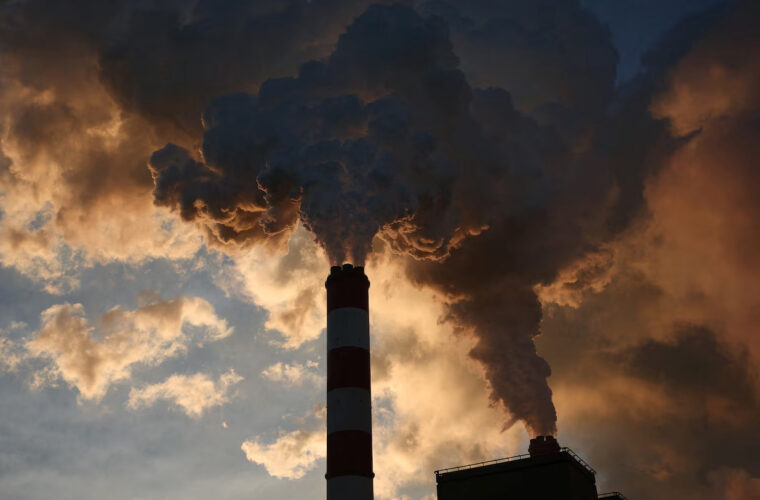On September 30, 2024, the skies cleared over the Ratcliffe-on-Soar power plant as its coal-fired turbines went silent for the last time. Britain is now officially the first major economy to quit coal power, ushering in a new era of cleaner energy. This monumental shift promises cleaner air, reduced climate pollution, and a greener future for the country.
A Historical Transition
Britain was one of the first countries to adopt industrial coal power and now stands as a leader in abandoning it. This marks the first time in 142 years that there has been no coal power generation in the country. Once a cornerstone of its identity, coal was central to Britain’s industrial revolution, evidenced by the iconic smoking steam stacks that adorned its cities. Now, the country is innovating by transitioning away from this dirty power source.
The Shift to Renewable Energy
While England is not the first European nation to quit coal completely—several smaller countries have done so—Britain is the first among the G7 advanced economies to take this significant step. With the end of coal-fired power generation, Britain is poised to turn toward cleaner energy sources. Although the country is not entirely carbon-free yet, as it still relies on natural gas and other fossil fuels, the increasing share of renewables in the energy mix signifies progress.
The Case Against Coal
Quitting coal is beneficial for numerous reasons. Burning coal is not only dangerous but also contributes significantly to climate change. Coal is primarily composed of carbon, and its combustion releases substantial amounts of carbon dioxide (CO2), a potent greenhouse gas that traps heat in the atmosphere. Over-reliance on coal has been identified as a major factor behind rising global temperatures and climate instability.
Moreover, coal-fired power plants emit pollutants that pose serious health risks, including tiny particulate matter (PM2.5) that can infiltrate the lungs. A study estimated that between 1999 and 2020, emissions from coal plants were linked to 460,000 premature deaths in the U.S. alone.
A Path Forward for America
The United States, while still heavily dependent on fossil fuels, has a bright future ahead. Renewable energy is on the rise, with America producing more than three times as much power from solar, wind, and geothermal sources as it did in 2013. This growth is evident across all 50 states, with wind farms and solar panels becoming increasingly visible in communities.

Recently, South Dakota achieved a remarkable milestone by becoming the first state to produce more power from wind and water than it consumed in a single year. Recent national legislation, such as the Inflation Reduction Act, is further accelerating America’s transition to clean energy by providing federal tax credits for renewables, consumer rebates, and incentives for electric vehicles.
Conclusion
While coal still accounts for 16.2% of all power generation in the U.S., the path to a coal-free future is attainable. As renewable energy sources continue to expand, America can follow Britain’s lead and work towards eliminating coal power altogether. Together, we can achieve a sustainable and cleaner energy landscape.
Sources
- UK Government: Energy Statistics
- International Energy Agency (IEA)
- Environmental Protection Agency (EPA)



